Quality Rating 4: Developmental Progress
Instructions
To meet the requirements for Developmentally Appropriate Learning and Practice: Developmental Progress: DAP 9.4, you will upload:
- A statement that describes:
- How your program uses observation to monitor children’s progress
- How your program uses developmental checklists designed for, or aligned with, your program’s curriculum
- Who conducts observations using developmental checklists
- When and how often observations and developmental checklists are completed
- How information from observations and developmental checklists is used to inform program activities
- A developmental checklist designed for, or aligned with, your program’s curriculum
The Policy or Statement Builder provides a step-by-step guide for creating your statement.
Observation and Developmental Checklists
Without even noticing, you watch children and you learn about them. You listen and you learn about them. You talk with children and you learn about them. You use what you learn to provide a nurturing environment with materials, activities, and opportunities that encourage their growth, development, and learning. Observation is one important way to monitor the children’s developmental progress so activities can be adjusted to offer new challenges and learning opportunities, and support their success.
Developmental checklists help you record your observations more formally. Checklists designed for, or aligned with your program’s curriculum monitor children’s progress toward the curriculum’s goals and learning objectives.
Learn more about conducting objective observations and using observations to plan meaningful learning experiences in Enrichment Resources.
What does the documentation look like?
- Your statement clearly describes:
- How your program conducts observations and uses developmental checklists to monitor children’s progress
- Who conducts the observations and completes developmental checklists
- When and how often observations and developmental checklists are completed
- How information from observations and developmental checklists is used to inform program activities
- A developmental checklist designed for, or aligned with, your program’s curriculum
Policy or Statement Builder
Develop a statement that describes how your program uses observation to learn about, plan lessons for, and monitor the developmental progress of the children in your program. The Reflection Questions below will help you think about what you do in your program to capture it when creating your statement. Once you have spent time reflecting on the questions below, you’re ready to write your Developmental Progress Statement.
Do you need more time to think about writing your statement? Use Writers Tips and Prompts to find examples and get more guidance.







